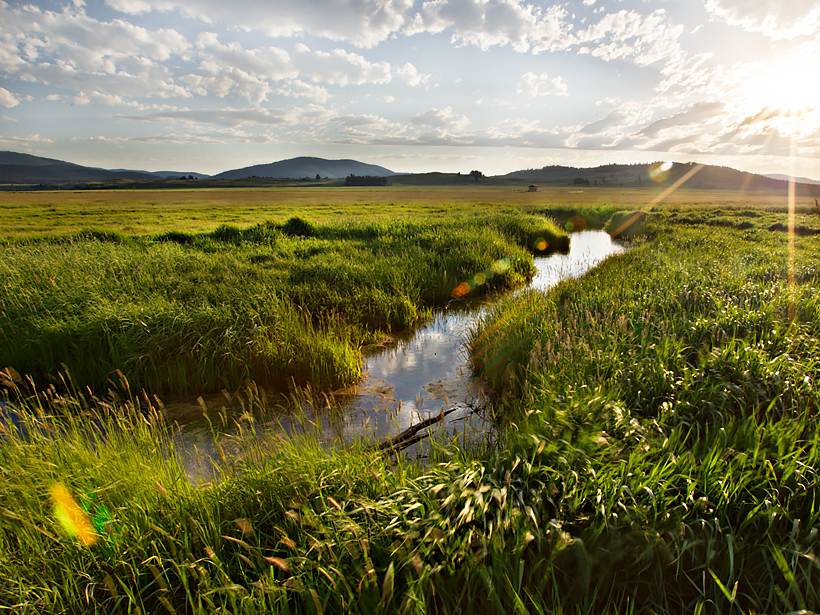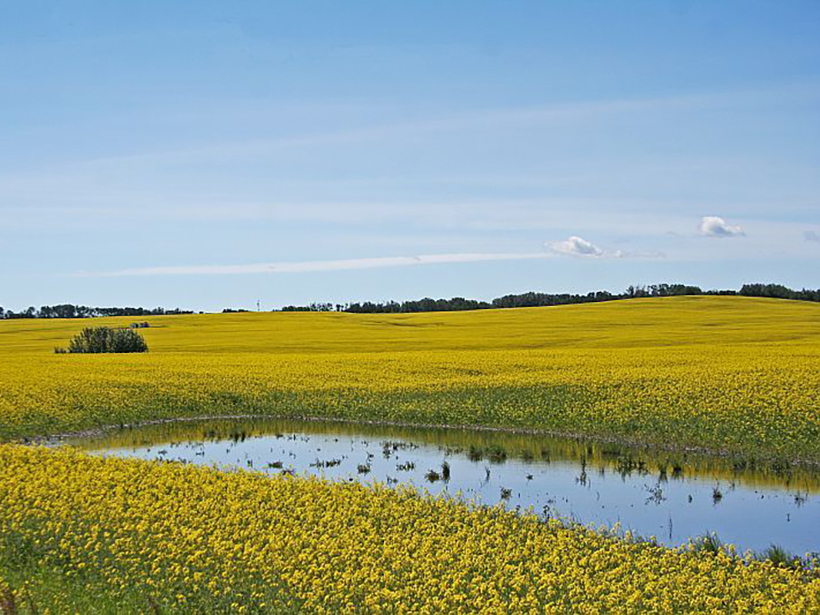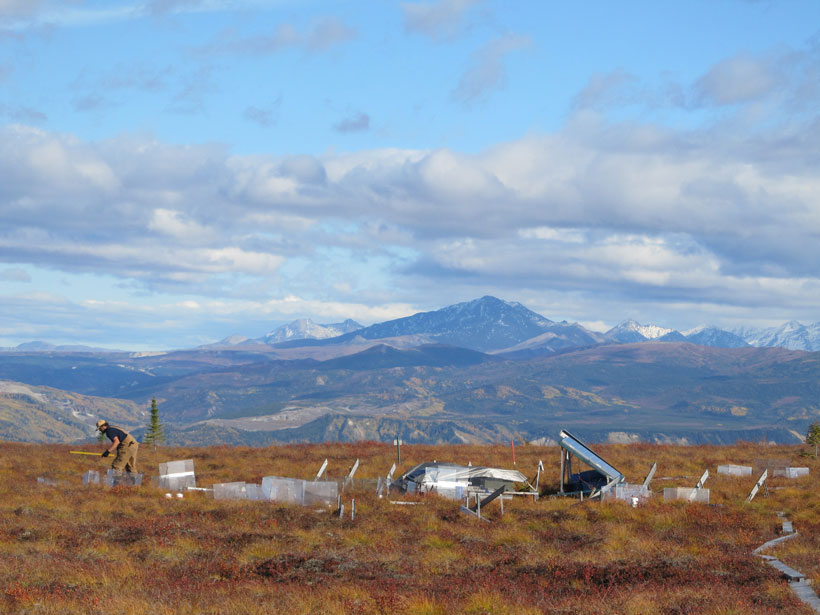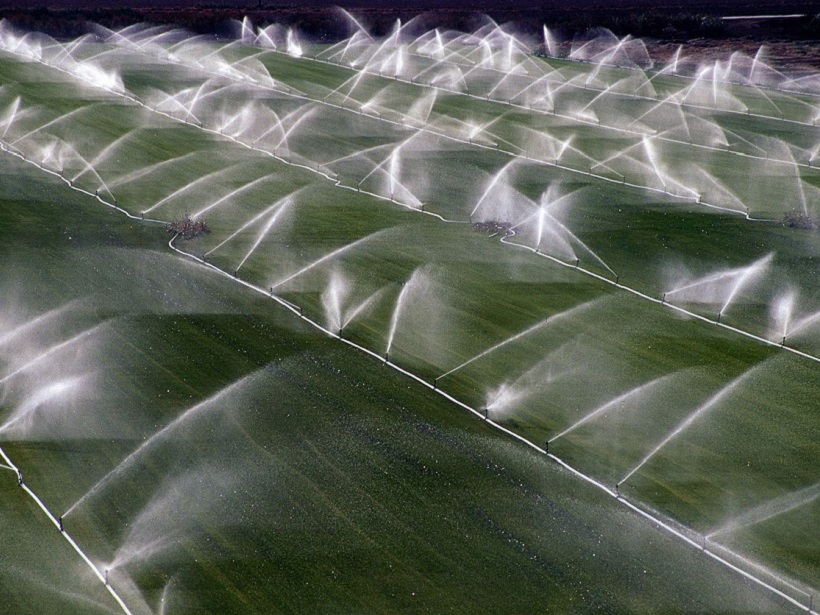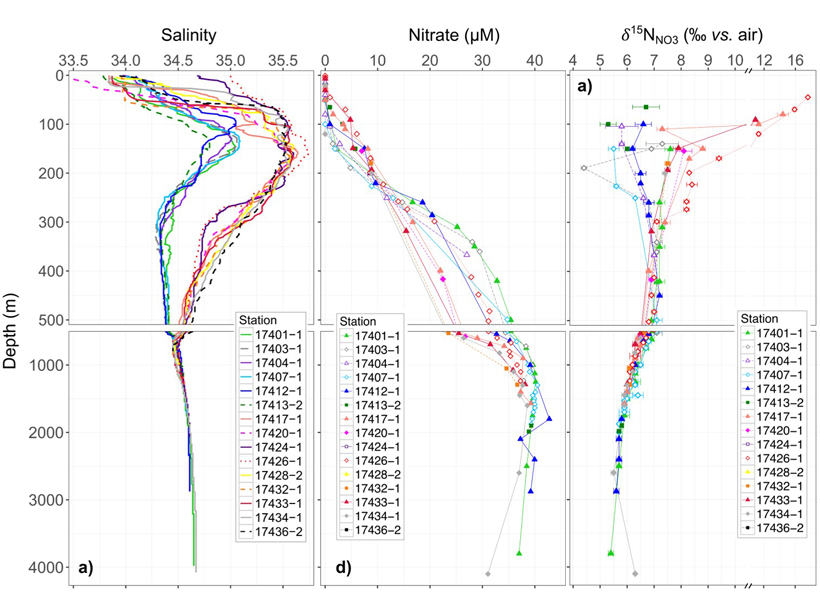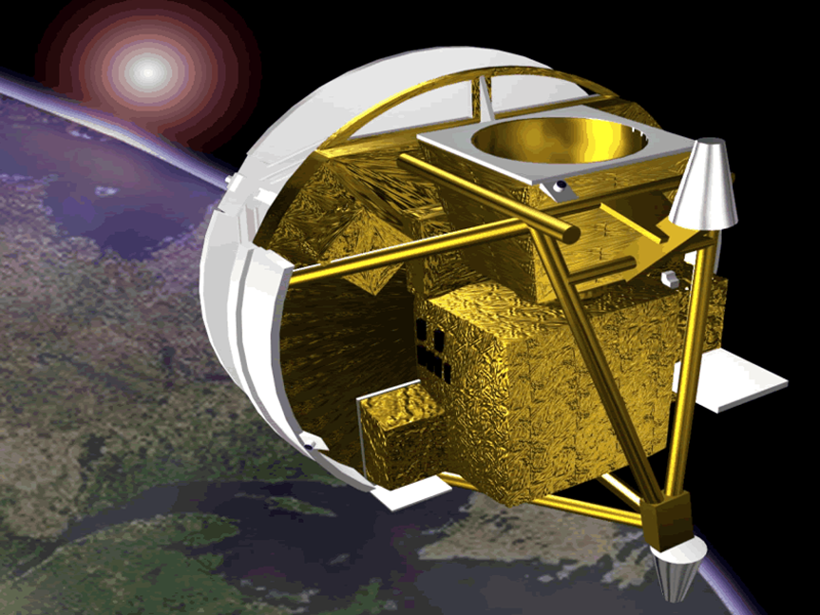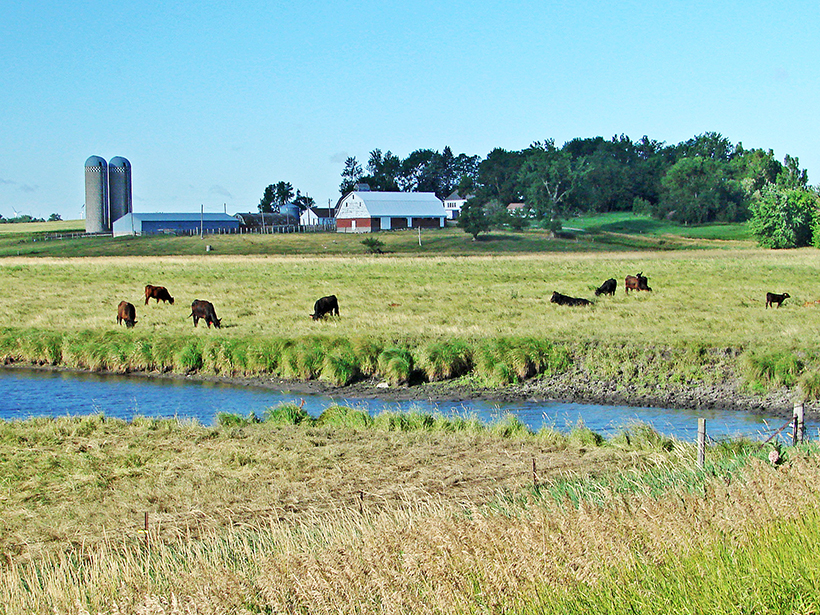Excess nitrogen causes serious environmental problems, but too little can lead to food insecurity and unrest. A team of researchers proposes a five-pronged solution to our planet’s nitrogen woes.
nitrogen
Farm Ponds Sequester Greenhouse Gases
Despite runoff from nitrogen-rich fertilizer, agricultural ponds act as powerful sinks for nitrous oxide.
Soil Wet Spots Drive Agricultural Nitrogen Gas Emissions
A new study offers novel insights into the mechanisms driving gas releases in agricultural regions.
How Nitrogen Contributes to Permafrost Carbon Dynamics
Nitrogen released into the soil from thawing permafrost in the Arctic could accelerate soil carbon decomposition and alter carbon dynamics, with global implications.
The Challenges of Meeting Future Food, Energy, and Water Needs
The inherent interlinkages between food, energy, and water systems present both challenges and opportunities for a more sustainable future on Planet Earth.
Unraveling Hemispheric Ocean Nitrate Supply Pathways
Subsurface measurements of nitrogen and oxygen isotope ratios in nitrate reveal a predominantly southern hemisphere supply of nitrate to the equatorial Pacific.
First Near-Global Measurements of Isotopic Nitrous Oxide
By harnessing satellite data collected from low-Earth orbit, scientists can now track the distribution of atmospheric nitrous oxide and its isotopes.
Polluted Lakes in Disguise
Clear lake water under highly polluted conditions might necessitate a rethink of water management policies and pollutant mitigation.
Changes in Groundwater Flow Affect Nitrogen Cycling in Streams
Overpumping and other activities that affect groundwater levels could combine with increased nitrogen runoff to amplify threats to human and environmental health.
Tracking Nitrogen in Arctic Plants
Prevailing nutrient uptake models do not fit Arctic plants. Scientists test a new option that overcomes older models’ shortcomings.

